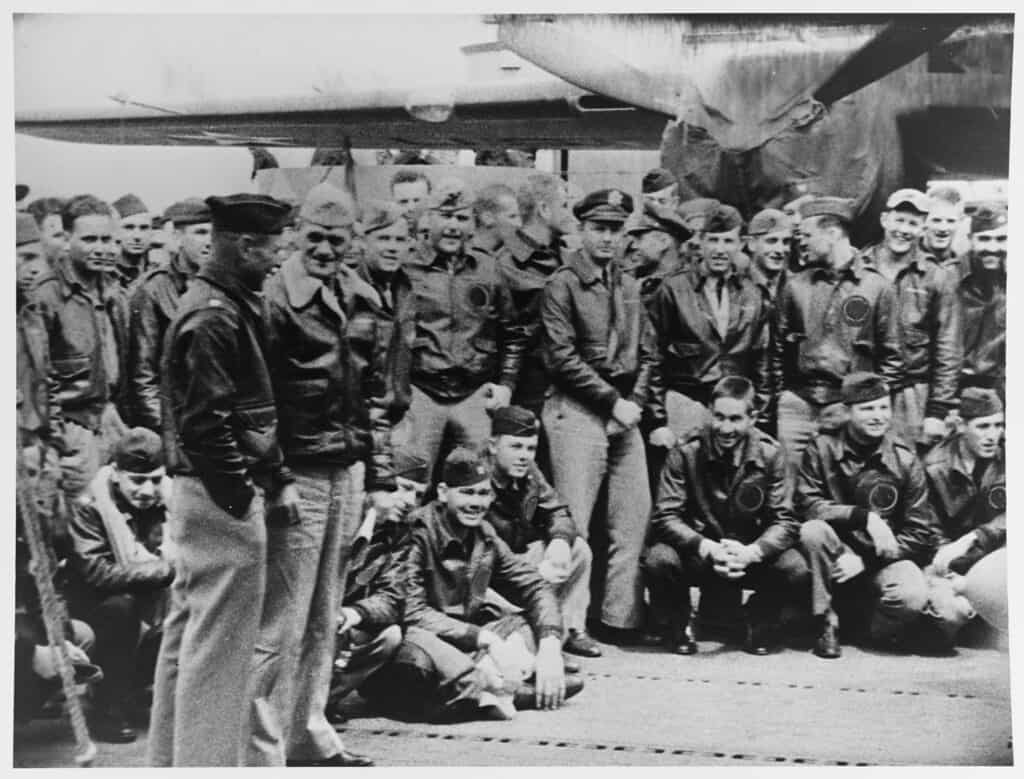1942 saw the first actions of the United States into the Second World War with a daring suicide mission few thought would succeed. However, the Doolittle Raid set out to strike fear into the hearts of the Japanese war effort. While the United States was still reeling from the attack on Pearl Harbor, it was time for a little retribution. Today’s recap covers this daring mission, along with stunning footage you won’t see anywhere else.
A Bloodied Fleet

Before we discuss the daring suicide mission of today’s recap, it is important to set the stage. 1942 saw the American war effort reeling from the damages of the Pearl Harbor attack. Japan thought it had scored a major victory, but it awakened a sleeping giant.
Morale Boost
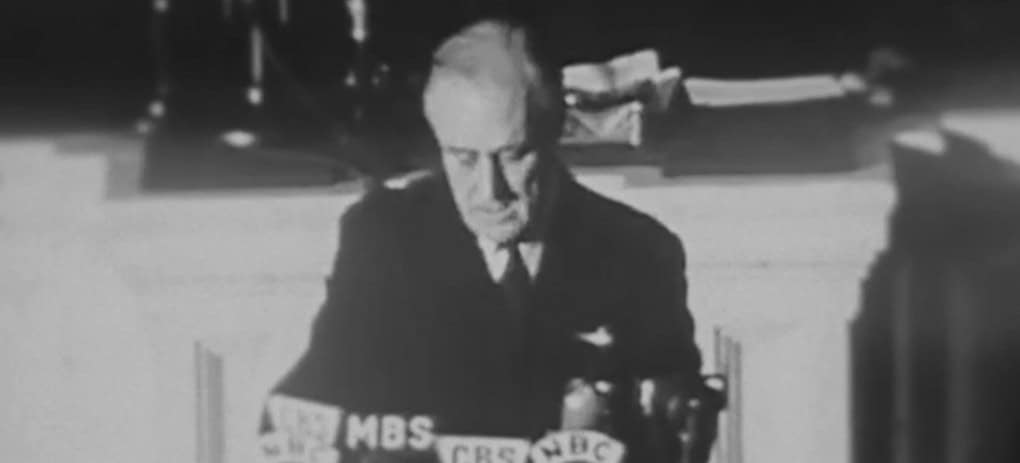
President Roosevelt decided to improve the morale of troops and people back home with a daring suicide mission. The American people needed a victory, especially as the Axis seemed to be doing nothing but gaining ground.
James Doolittle
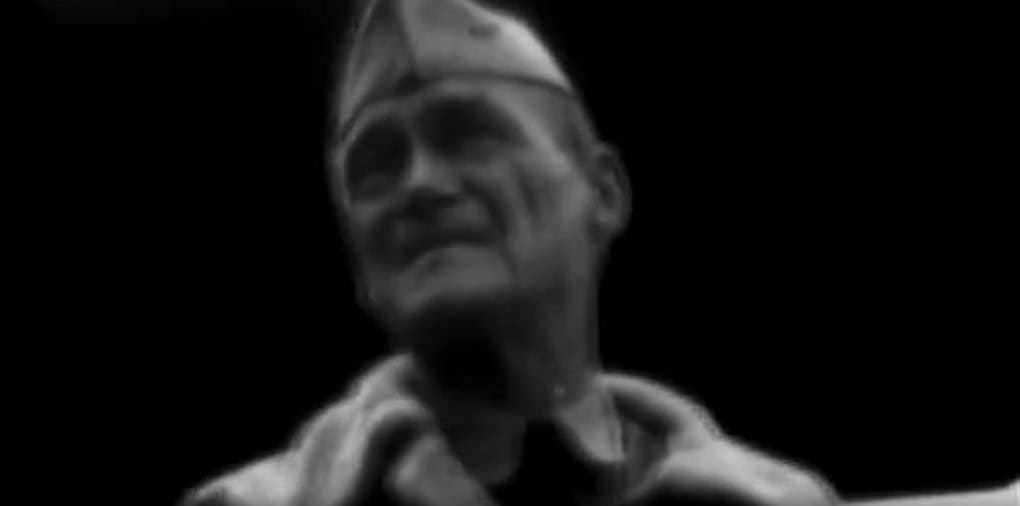
Roosevelt’s plan for the suicide mission was a simple one, Americans needed to see that they could strike the home islands at any time. Lieutenant Colonel James Doolittle would be the commanding officer of the strike force.
An Audacious Plan

The suicide mission itself started its planning phases immediately after the damaging attack at Pearl Harbor. The United States was at war with two of the largest military powers on the planet, and morale was at an all-time low. Doolittle would be tasked with hitting the heart of Japan, Tokyo.
April 18th, 1942

A pair of aircraft carriers set sail for the Japanese archipelago. The suicide mission would be conducted with 16 B-25 bombers, crewed by 80 airmen. These planes would strike the Honshu Islands, with Tokyo as one of the primary targets.
Scaring the Enemy
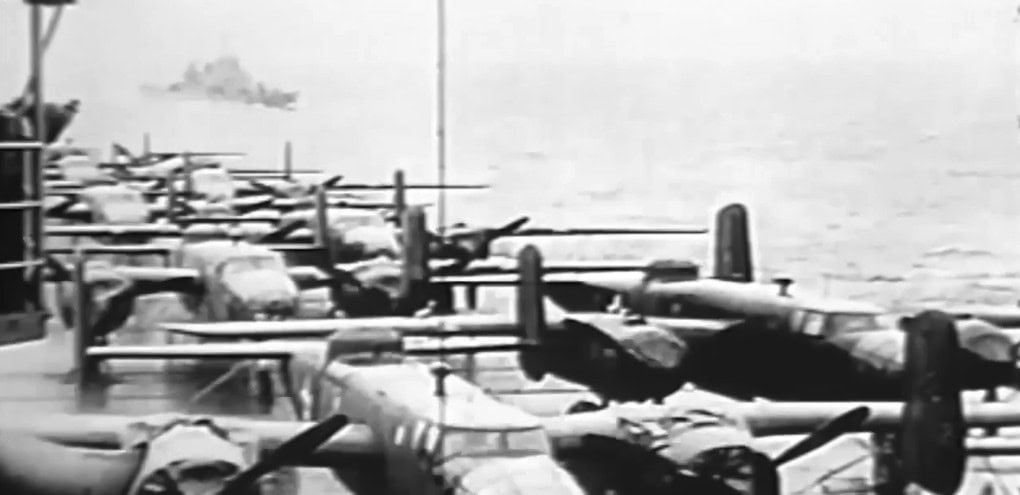
What makes the Doolittle Raid a suicide mission is the lack of escorts for the bombers. All 16 B-25 aircraft would fly alone, with no cover to prevent being shot down. This ran counter to what standard practices were for bombardment at the time.
USS Hornet

The bombers would launch from the USS Hornet before embarking on their suicide mission. The Hornet was 650 miles off the eastern coast of Japan’s home islands, meaning the bombers had ample time to strike their targets.
The Aftermath

Doolittle’s raid would see the loss of all 16 B-25 bombers. The damage to Japanese infrastructure was minor, but that wasn’t the point of the suicide mission.
Tallying Up the Losses
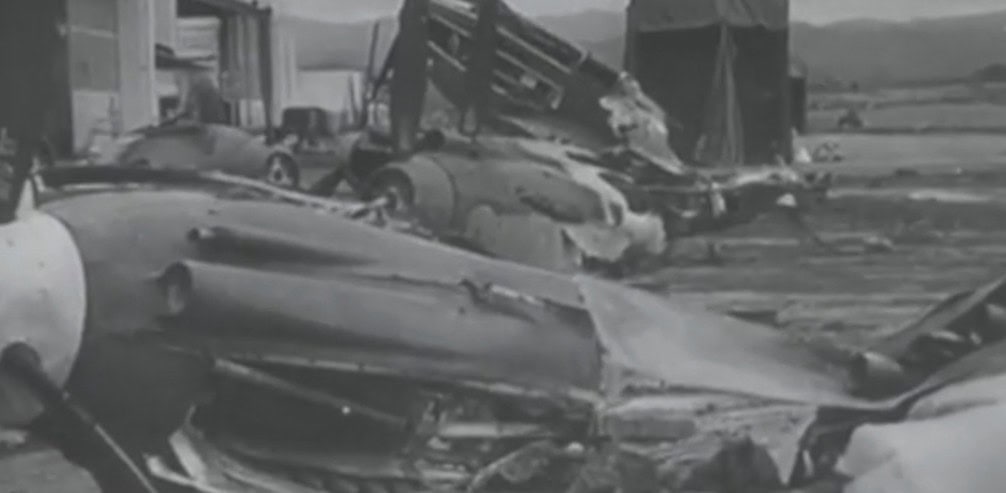
The initial bombing would see only 3 members of the 80-man crew dead. 8 would be in Japanese captivity, where 3 were executed and another died while in captivity. While the suicide mission had losses, they were far slighter than anyone could have imagined.
What Would Come Next
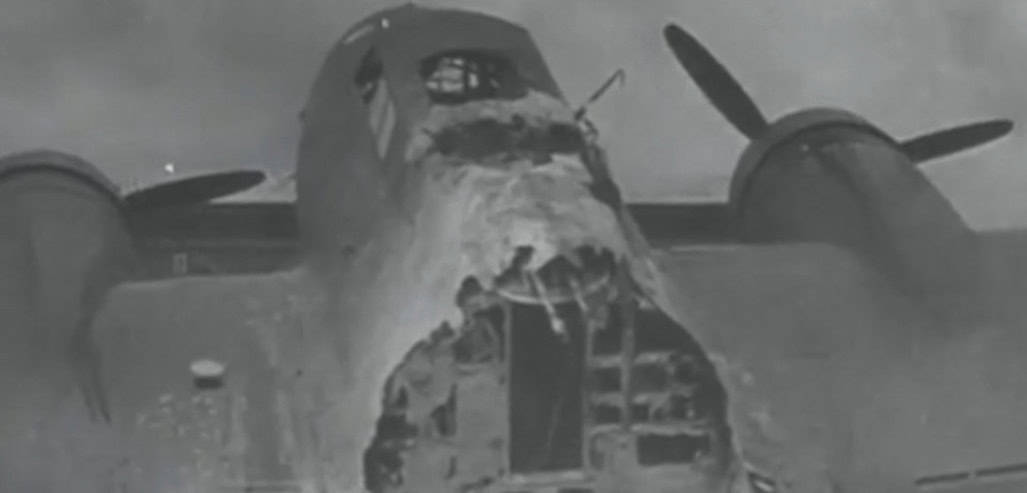
The original plan was for the bombers to land in China, but things didn’t come to pass. Out of the 16 bombers lost, one remained intact but in Soviet possession. 1942 was a contentious year due to the Soviets signing a non-aggression pact with the Japanese. More importantly, this attack incensed the Japanese command, providing the opening planning for the Battle of Midway.
Propaganda
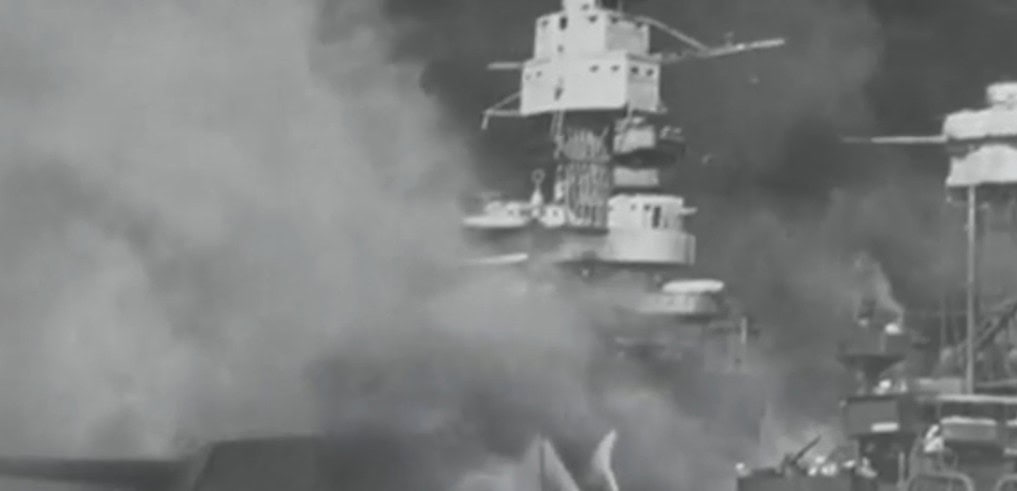
Propaganda was rife during the war, but the Doolittle Raid was a major success. Japanese forces were shocked that America could get a carrier so close to the home islands so early in the war. Despite the losses, Doolittle’s mission was an important minor victory for the American people.
Watch the Full Video
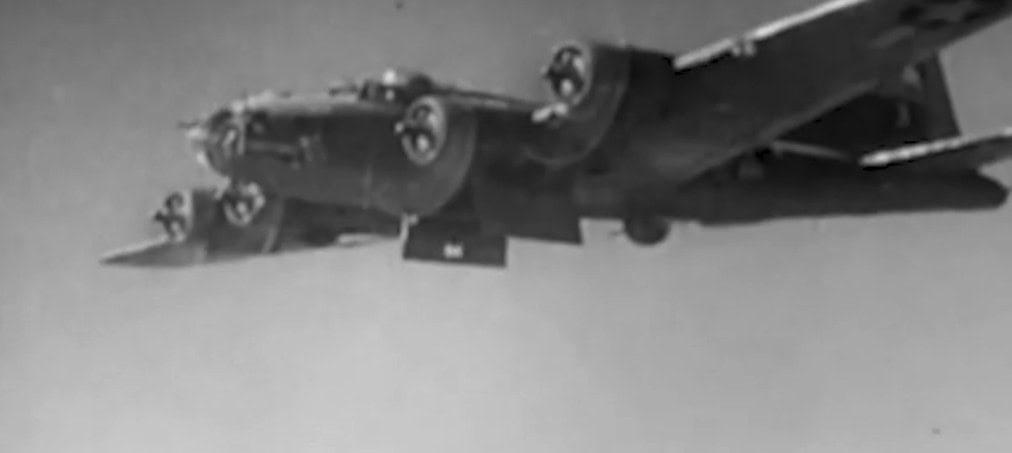
You don’t have to take my word for today’s recap, you can view the whole video here. The Doolittle Raid is a footnote for America during the Second World War but was an important symbolic victory for the folks back home. It would lead the Japanese Navy to Midway, where it would be broken for the rest of the war.
The image featured at the top of this post is ©"Lt. Col. James H. Doolittle talks with Capt. Marc A. Mitscher" by Smithsonian National Air and Space Museum is licensed under PDM 1.0..
